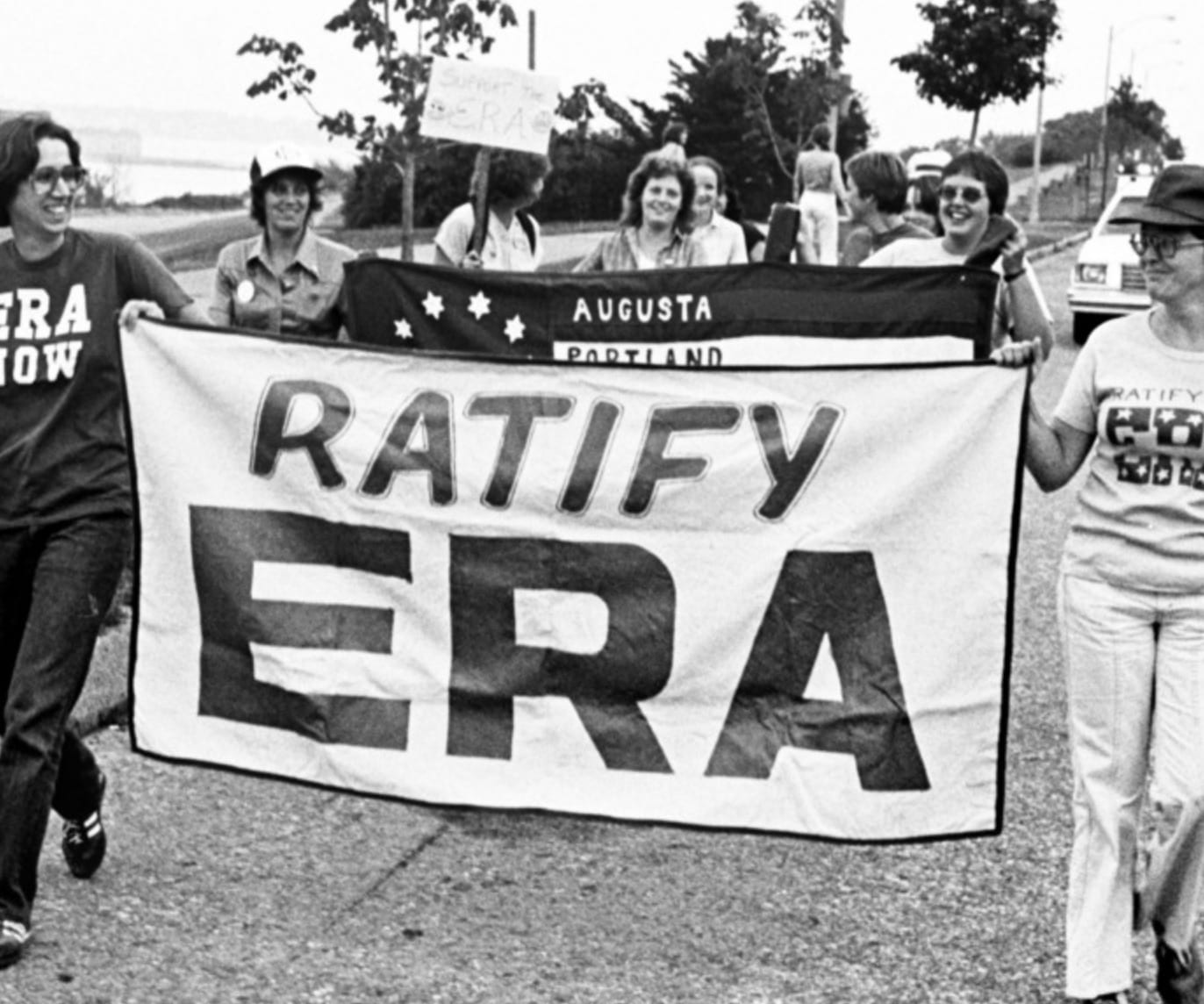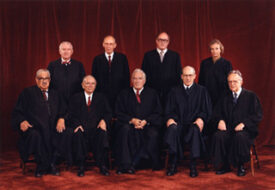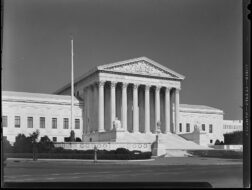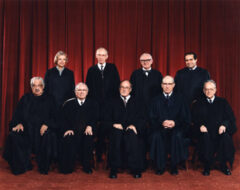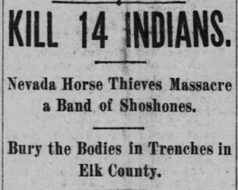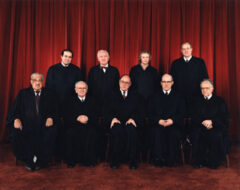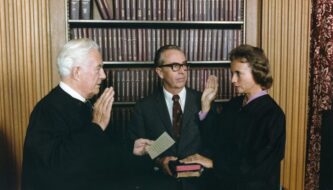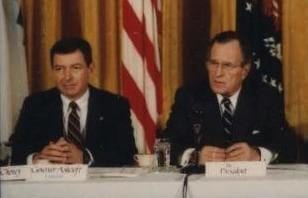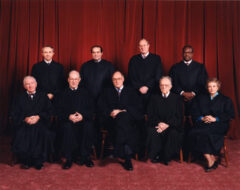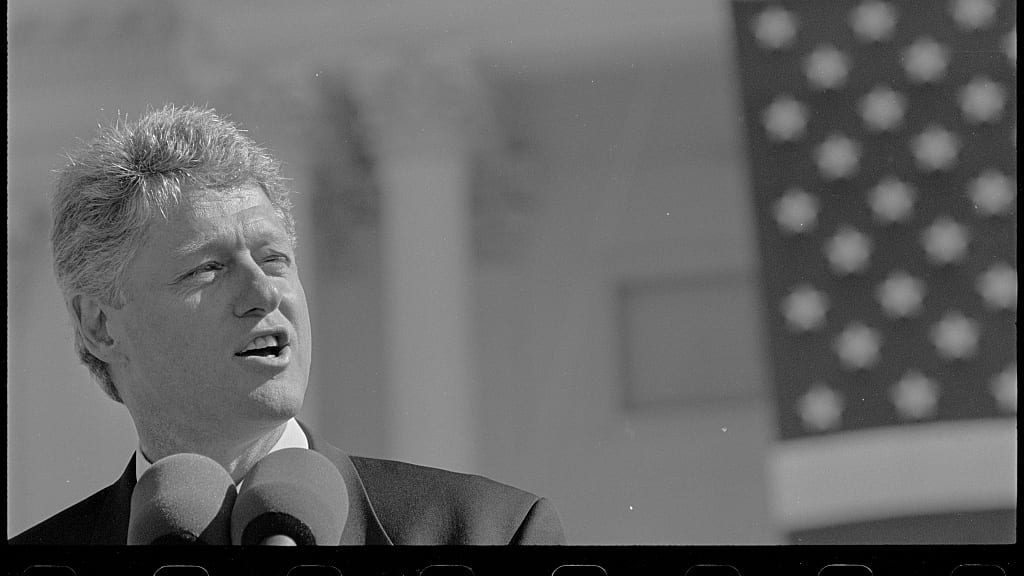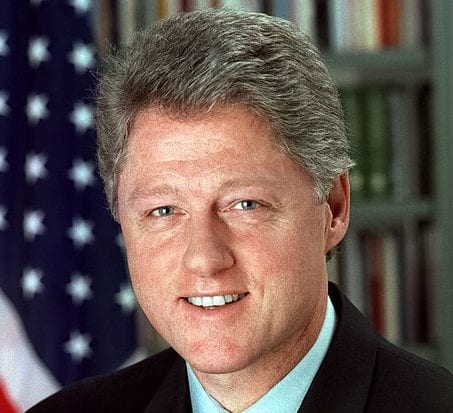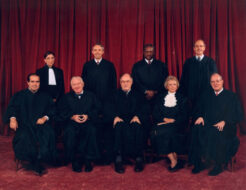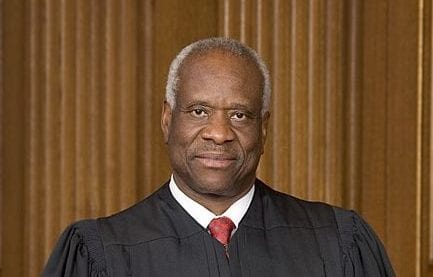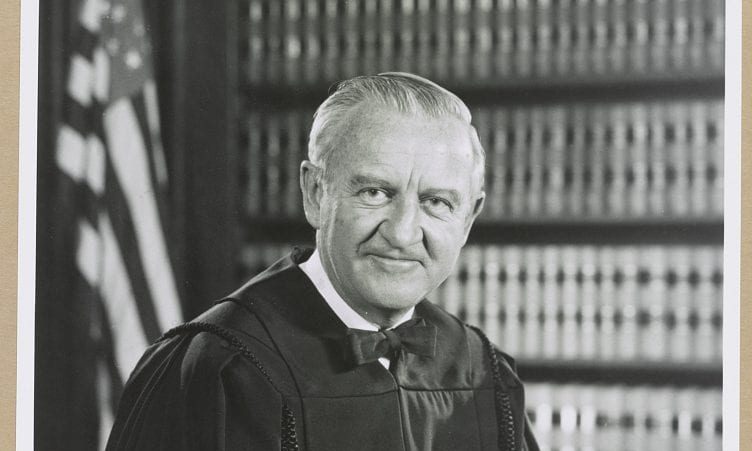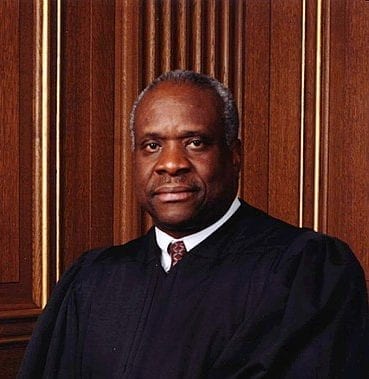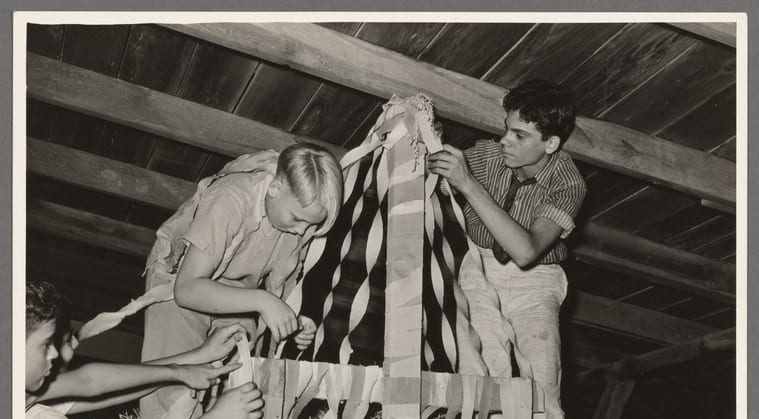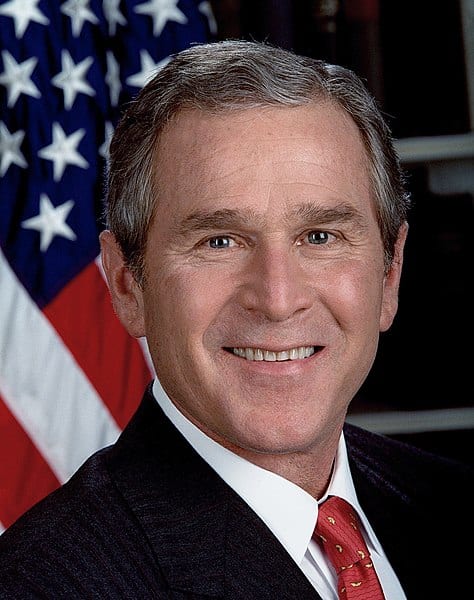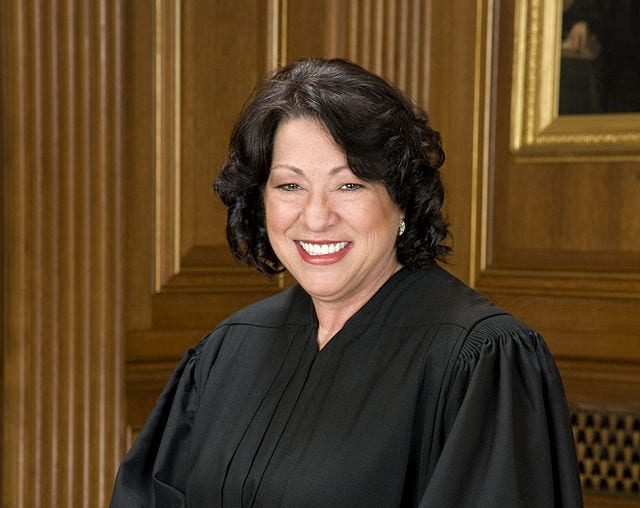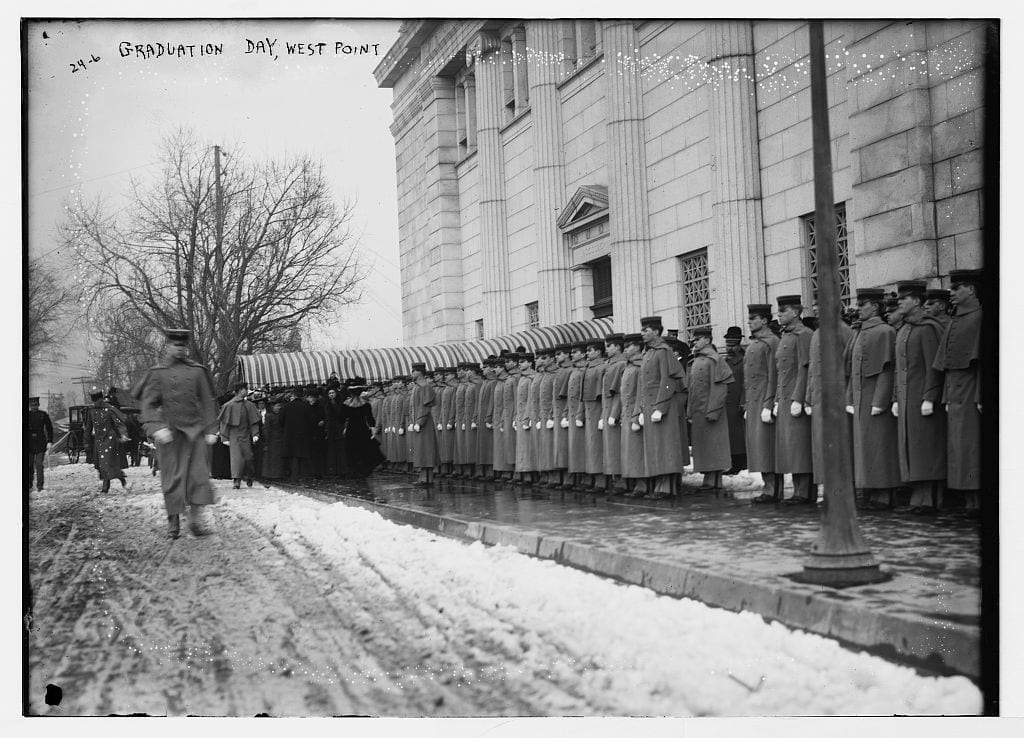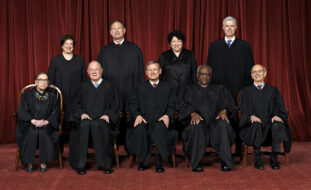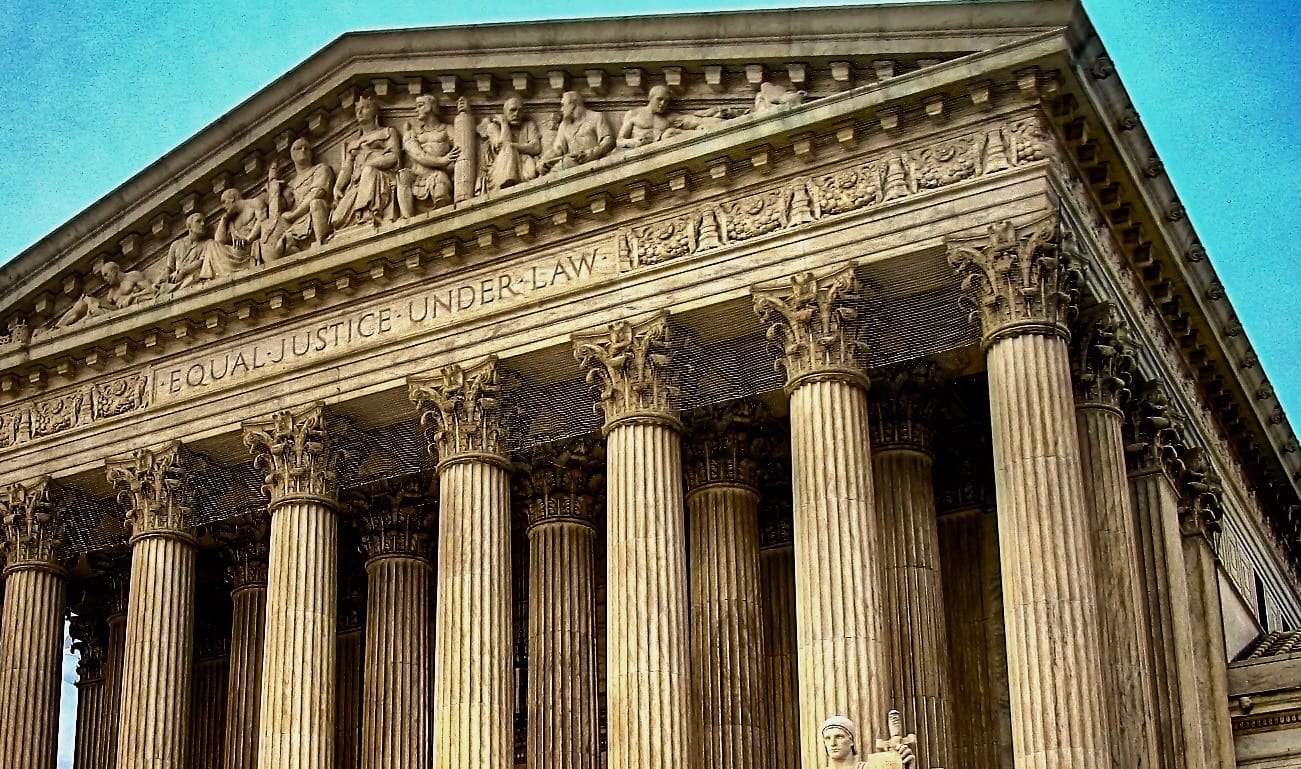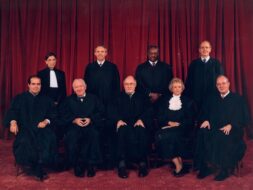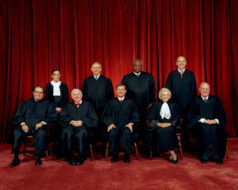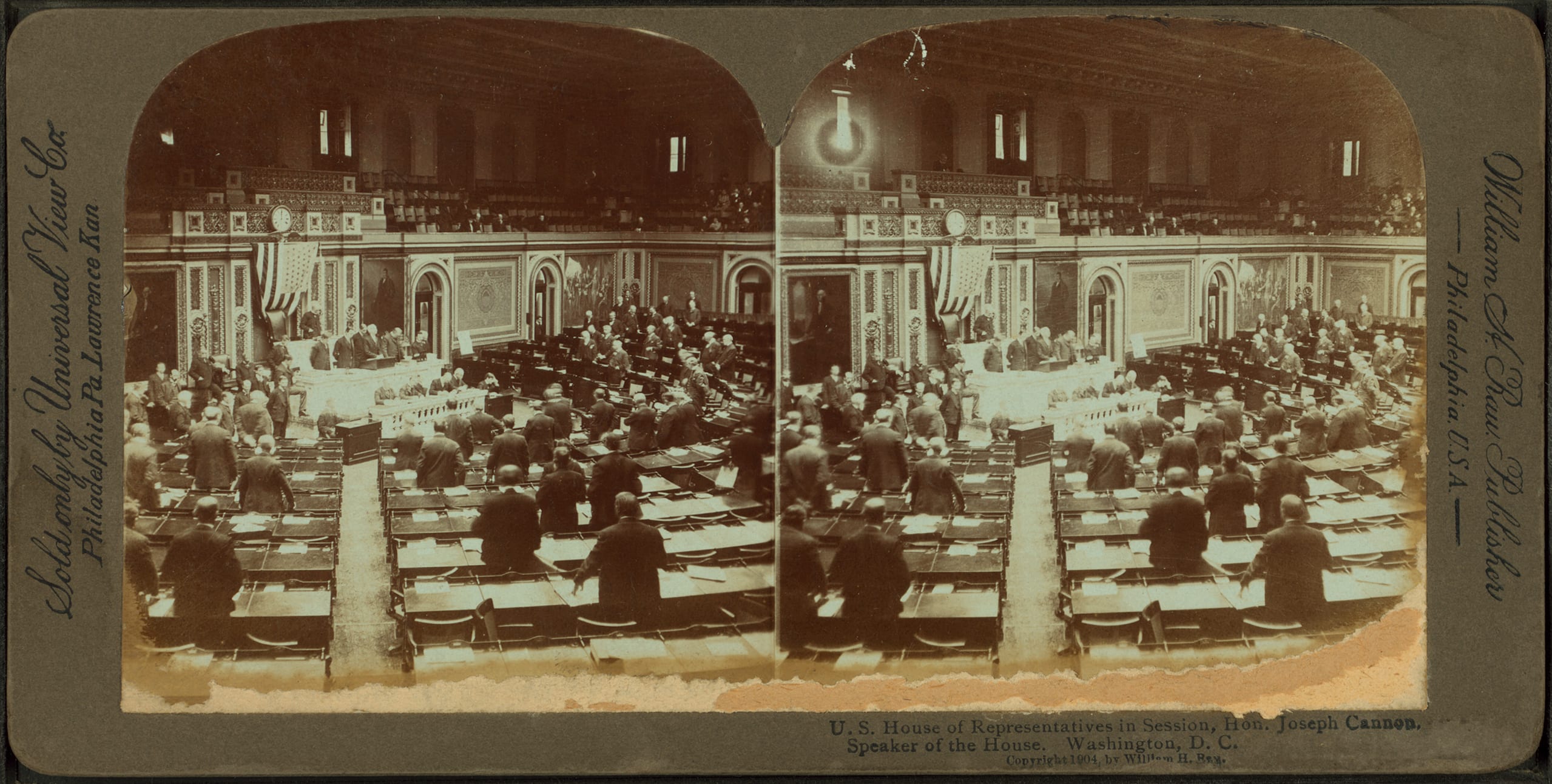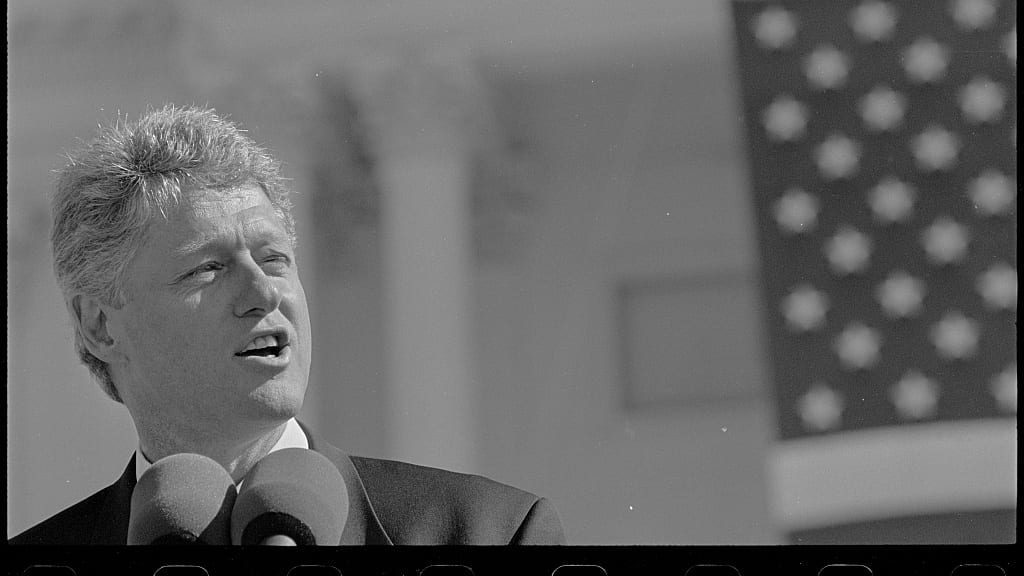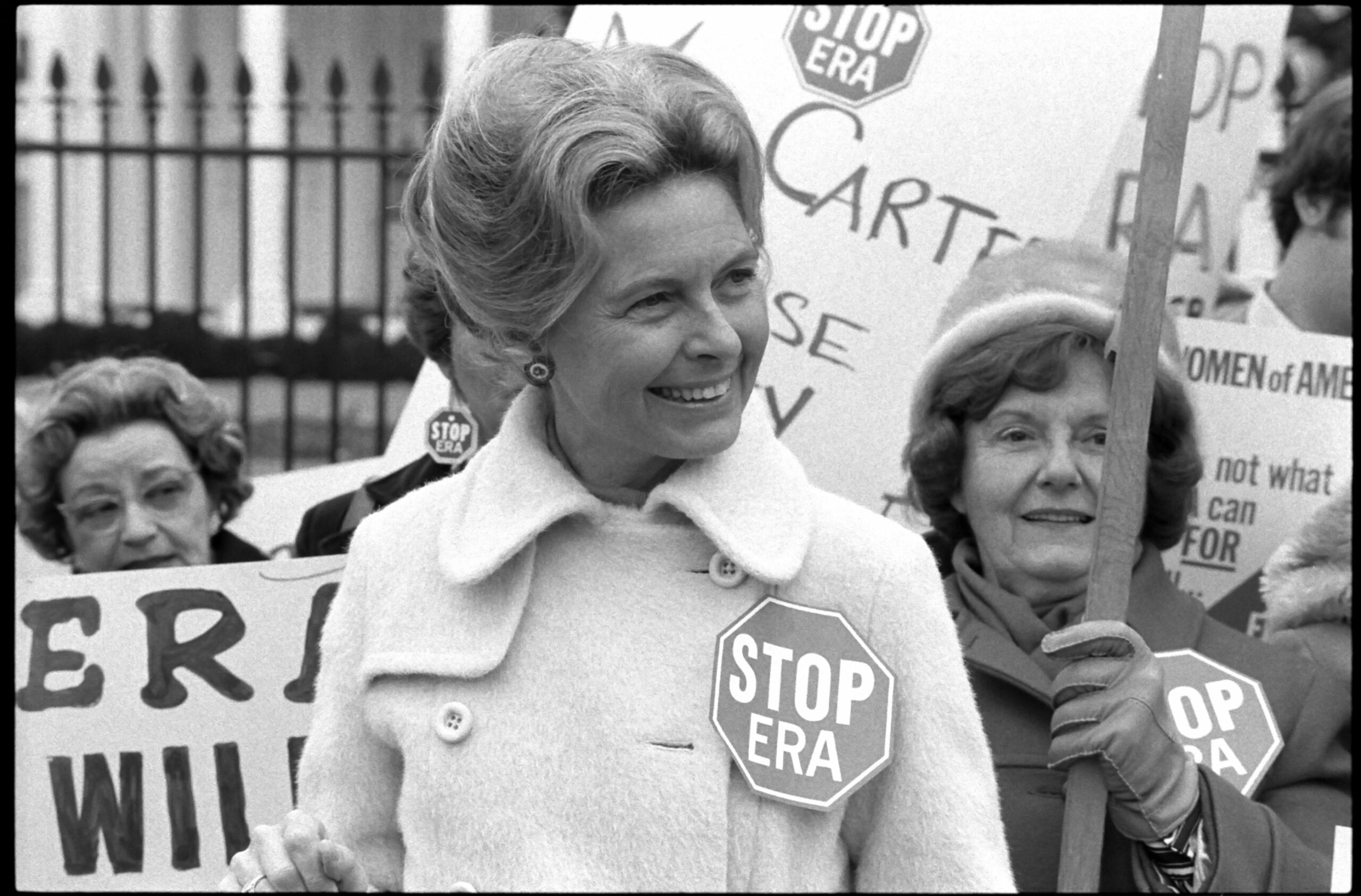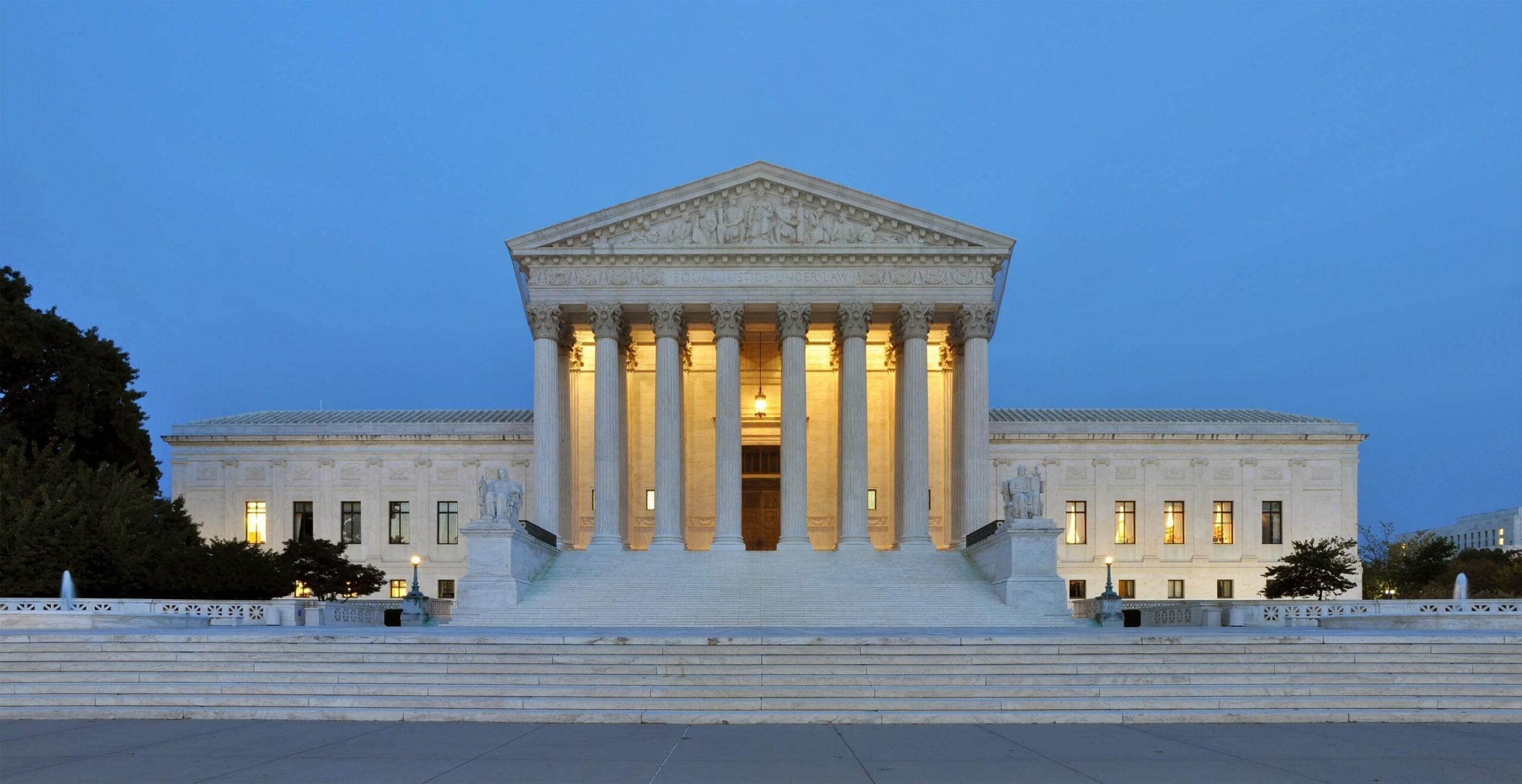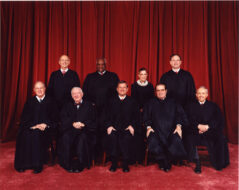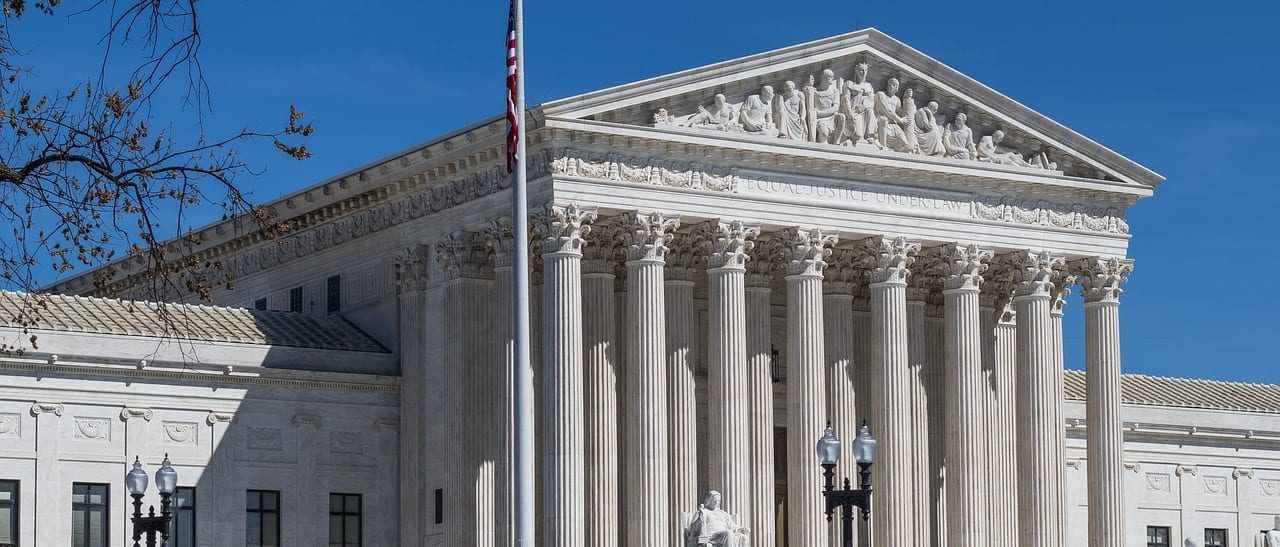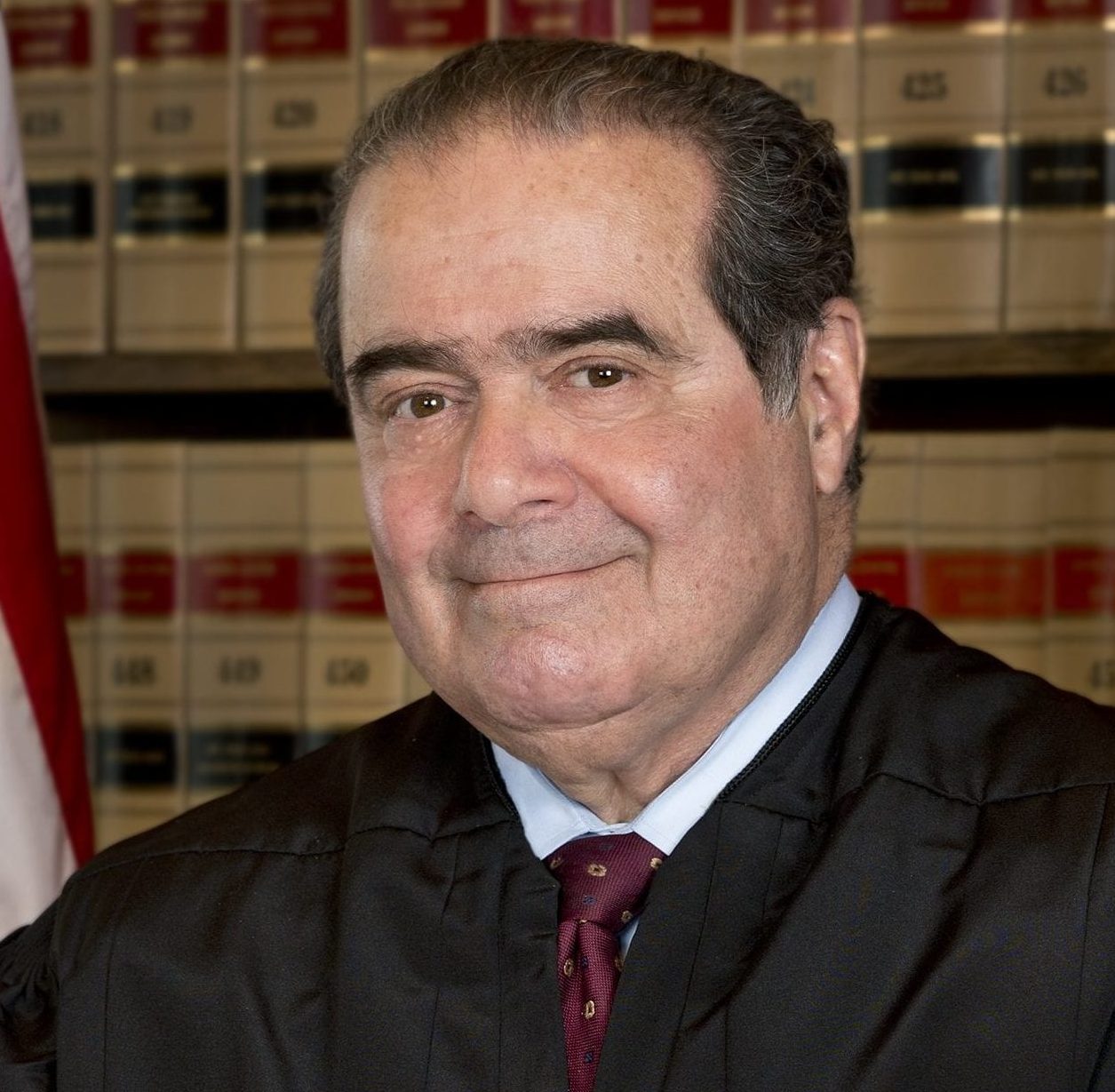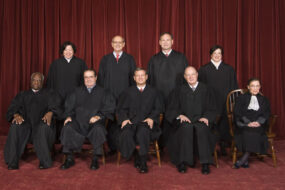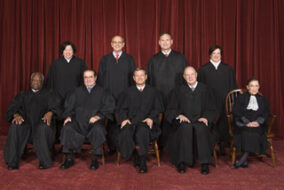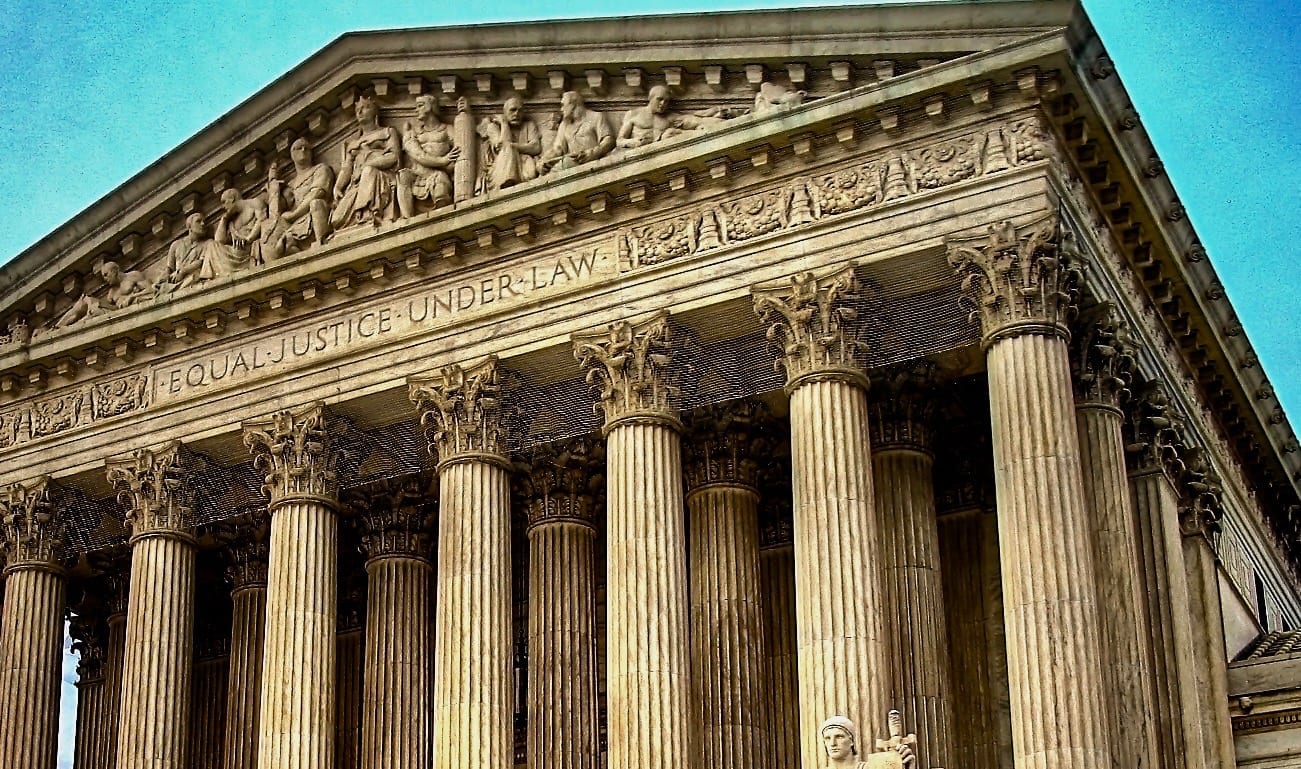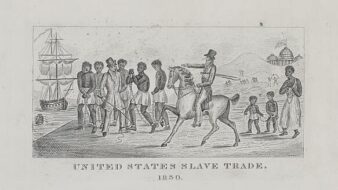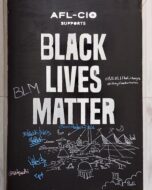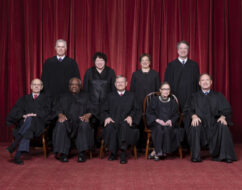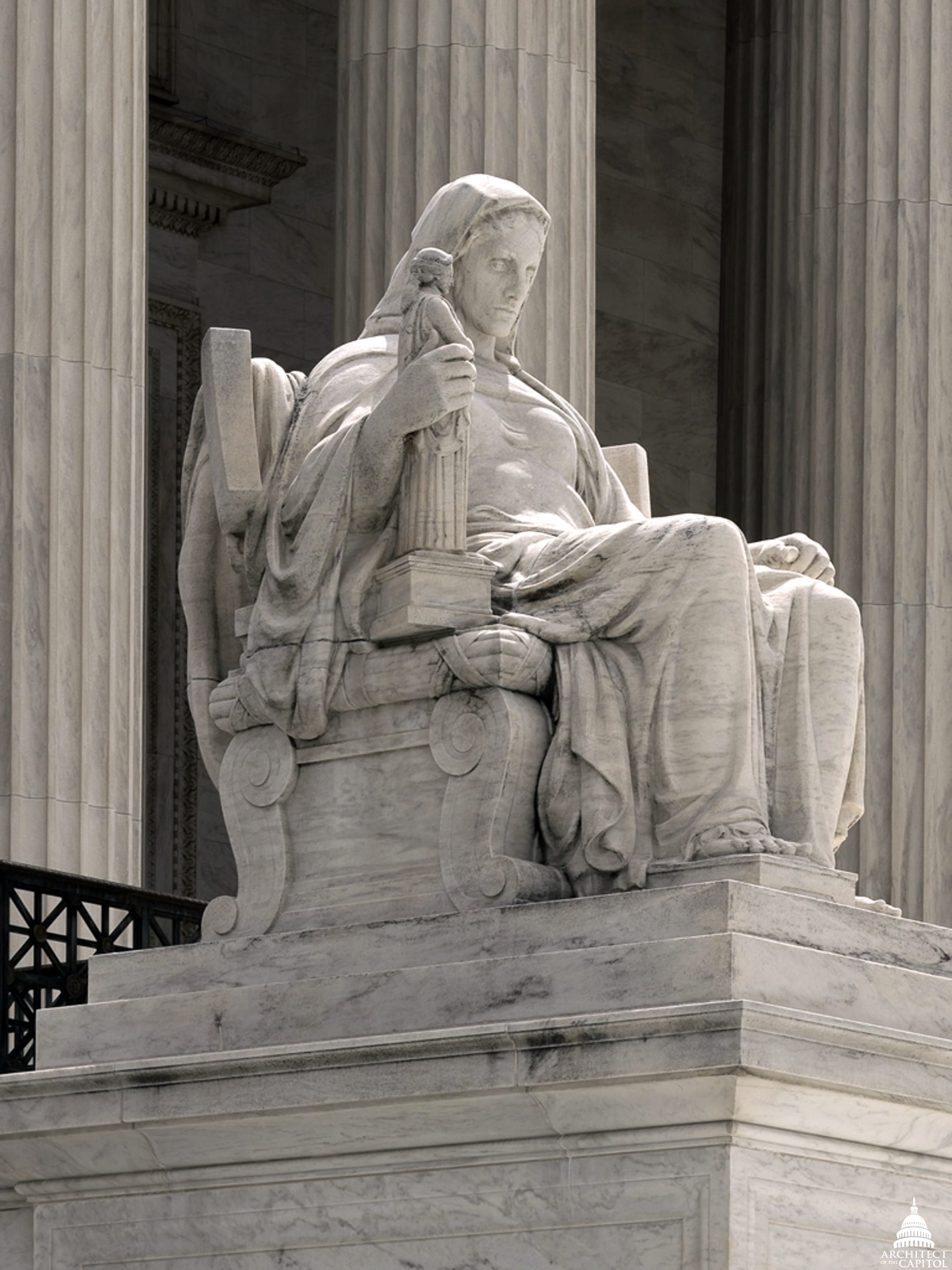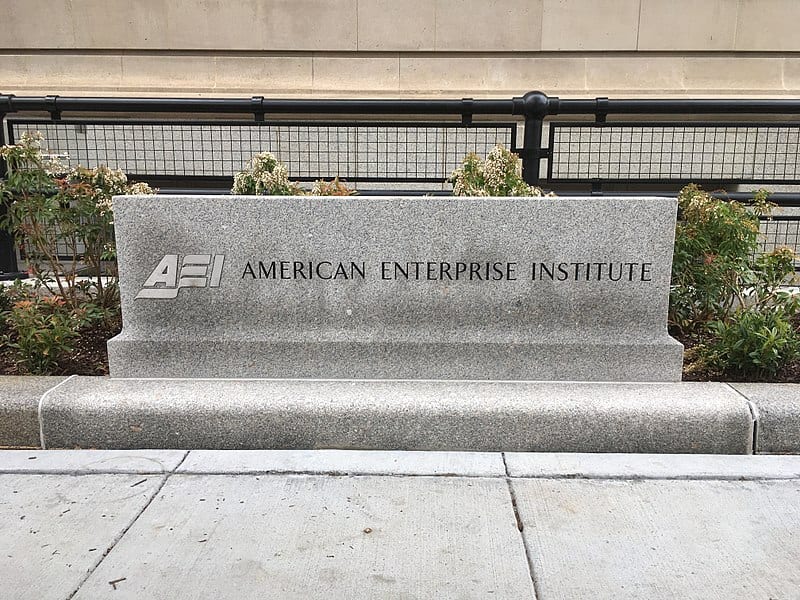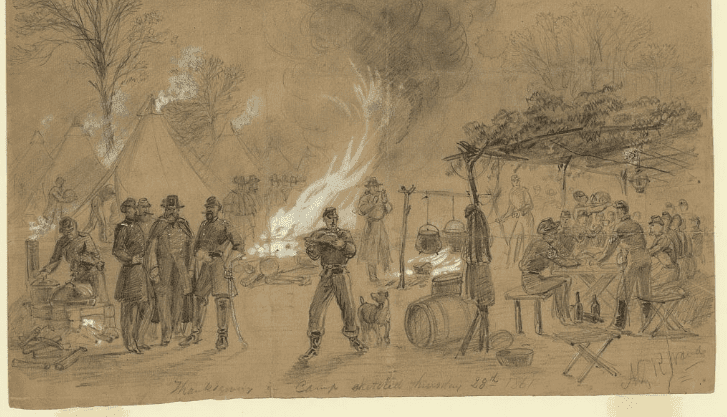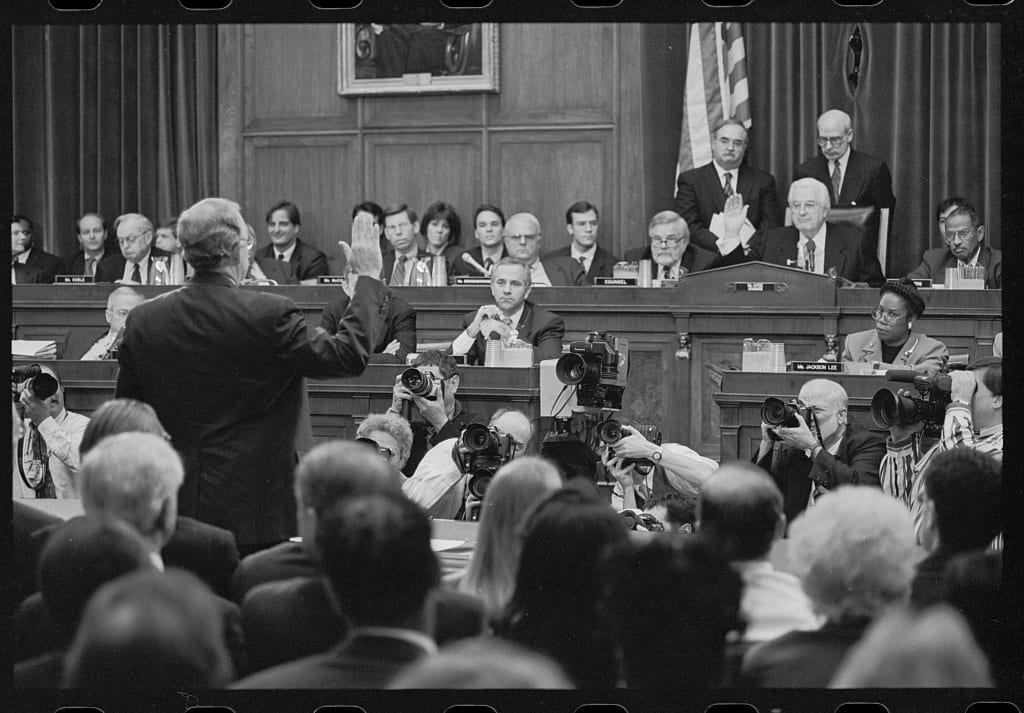
Introduction
The Internet, on the eve of the second millennium, was an emerging and expanding technology. In an effort to protect children from its potentially harmful effects, Congress passed, and President Clinton signed, the Communications Decency Act of 1996 (CDA). Shortly after its enactment, the ACLU, representing fifty different groups, sued on First Amendment grounds. At issue were two provisions that applied to minors under the age of eighteen: the “indecent transmission provision” that punished the “knowing” transmission of “obscene” and “indecent material”; and the “patently offensive provision” that criminalized the communication of material that in “context depicts or describes, in terms patently offensive as measured by contemporary community standards, sexual or excretory activities or organs.” The law included a “good faith” defense for those who required or showed proof of age through means of identification. Nonetheless, the federal district court struck down the law as unduly vague.
Attorney General Janet Reno appealed the district court’s decision on behalf of the government. Reno v. ACLU was the Supreme Court’s first attempt to define the First Amendment boundaries of the Internet. Speaking for a majority of seven justices (two justices dissented in part), Justice Stevens affirmed the district court’s decision, declaring that the CDA was unduly vague. He also held that while the CDA’s aim of protecting children constituted a legitimate purpose, the government could have achieved this end through “less restrictive means” that did not infringe upon constitutionally protected adult speech. In seeking to protect children, government may not infantilize adults. The Court’s recognition of the Internet as a “dramatic expansion of [a] new marketplace of ideas” helps to explain why it preferred free speech in this case.
Source: 521 U.S. 844, https://www.law.cornell.edu/supremecourt/text/521/844.
JUSTICE STEVENS delivered the opinion of the Court.
At issue is the constitutionality of two statutory provisions enacted to protect minors from “indecent” and “patently offensive” communications on the Internet. Notwithstanding the legitimacy and importance of the congressional goal of protecting children from harmful materials, we agree with the three-judge district court that the statute abridges “the freedom of speech” protected by the First Amendment.
[Provides a history of the Internet.] . . . .
In Southeastern Promotions, Ltd. v. Conrad (1975), we observed that “[e]ach medium of expression . . . may present its own problems.” Thus, some of our cases have recognized special justifications for regulation of the broadcast media that are not applicable to other speakers, see Red Lion Broadcasting Co. v. FCC (1969); FCC v. Pacifica Foundation (1978).[1] In these cases, the Court relied on the history of extensive government regulation of the broadcast medium; the scarcity of available frequencies at its inception; and its “invasive” nature.
Those factors are not present in cyberspace. Neither before nor after the enactment of the Communications Decency Act (CDA) have the vast democratic forums of the Internet been subject to the type of government supervision and regulation that has attended the broadcast industry. Moreover, the Internet is not as “invasive” as radio or television. The district court specifically found that “[c]ommunications over the Internet do not ‘invade’ an individual’s home or appear on one’s computer screen unbidden. Users seldom encounter content ‘by accident.’ ” It also found that “[a]lmost all sexually explicit images are preceded by warnings as to the content,” and cited testimony that “ ‘odds are slim’ that a user would come across a sexually explicit sight by accident.”
We distinguished Pacifica in Sable on just this basis. In Sable, a company engaged in the business of offering sexually oriented prerecorded telephone messages (popularly known as “dial-a-porn”) challenged the constitutionality of an amendment to the Communications Act of 1934 that imposed a blanket prohibition on indecent as well as obscene interstate commercial telephone messages. We held that the statute was constitutional insofar as it applied to obscene messages but invalid as applied to indecent messages. In attempting to justify the complete ban and criminalization of indecent commercial telephone messages, the government relied on Pacifica, arguing that the ban was necessary to prevent children from gaining access to such messages. We agreed that “there is a compelling interest in protecting the physical and psychological well-being of minors” which extended to shielding them from indecent messages that are not obscene by adult standards. . . .
Finally, unlike the conditions that prevailed when Congress first authorized regulation of the broadcast spectrum, the Internet can hardly be considered a “scarce” expressive commodity. It provides relatively unlimited, low-cost capacity for communication of all kinds. The government estimates that “[a]s many as 40 million people use the Internet today, and that figure is expected to grow to 200 million by 1999.” This dynamic, multifaceted category of communication includes not only traditional print and news services, but also audio, video, and still images, as well as interactive, real-time dialogue. Through the use of chat rooms, any person with a phone line can become a town crier with a voice that resonates farther than it could from any soapbox. Through the use of Web pages, mail exploders, and newsgroups, the same individual can become a pamphleteer. As the district court found, “the content on the Internet is as diverse as human thought.” We agree with its conclusion that our cases provide no basis for qualifying the level of First Amendment scrutiny that should be applied to this medium.
Regardless of whether the CDA is so vague that it violates the Fifth Amendment, the many ambiguities concerning the scope of its coverage render it problematic for purposes of the First Amendment. For instance, each of the two parts of the CDA uses a different linguistic form. The first uses the word “indecent,” while the second speaks of material that “in context, depicts or describes, in terms patently offensive as measured by contemporary community standards, sexual or excretory activities or organs.” Given the absence of a definition of either term, this difference in language will provoke uncertainty among speakers about how the two standards relate to each other and just what they mean. Could a speaker confidently assume that a serious discussion about birth control practices, homosexuality, the First Amendment issues raised by the appendix to our Pacifica opinion, or the consequences of prison rape would not violate the CDA? This uncertainty undermines the likelihood that the CDA has been carefully tailored to the congressional goal of protecting minors from potentially harmful materials.
The vagueness of the CDA is a matter of special concern for two reasons. First, the CDA is a content-based regulation of speech. The vagueness of such a regulation raises special First Amendment concerns because of its obvious chilling effect on free speech. Second, the CDA is a criminal statute. In addition to the opprobrium and stigma of a criminal conviction, the CDA threatens violators with penalties including up to two years in prison for each act of violation. The severity of criminal sanctions may well cause speakers to remain silent rather than communicate even arguably unlawful words, ideas, and images. As a practical matter, this increased deterrent effect, coupled with the “risk of discriminatory enforcement” of vague regulations, poses greater First Amendment concerns. . . .
The government argues that the statute is no more vague than the obscenity standard this Court established in Miller v. California (1973).[2] But that is not so. In Miller, this Court reviewed a criminal conviction against a commercial vendor who mailed brochures containing pictures of sexually explicit activities to individuals who had not requested such materials. Having struggled for some time to establish a definition of obscenity, we set forth in Miller the test for obscenity that controls to this day: “(a) whether the average person, applying contemporary community standards would find that the work, taken as a whole, appeals to the prurient interest; (b) whether the work depicts or describes, in a patently offensive way, sexual conduct specifically defined by the applicable state law; and (c) whether the work, taken as a whole, lacks serious literary, artistic, political, or scientific value.”
Because the CDA’s “patently offensive” standard (and, we assume, arguendo,[3] its synonymous “indecent” standard) is one part of the three-prong Miller test, the government reasons, it cannot be unconstitutionally vague.
The government’s assertion is incorrect as a matter of fact. The second prong of the Miller test—the purportedly analogous standard—contains a critical requirement that is omitted from the CDA: that the proscribed material be “specifically defined by the applicable state law.” This requirement reduces the vagueness inherent in the open-ended term “patently offensive” as used in the CDA. Moreover, the Miller definition is limited to “sexual conduct,” whereas the CDA extends also to include (1) “excretory activities” as well as (2) “organs” of both a sexual and excretory nature. . . .
In contrast to Miller and our other previous cases, the CDA thus presents a greater threat of censoring speech that, in fact, falls outside the statute’s scope. Given the vague contours of the coverage of the statute, it unquestionably silences some speakers whose messages would be entitled to constitutional protection. That danger provides further reason for insisting that the statute not be overly broad. The CDA’s burden on protected speech cannot be justified if it could be avoided by a more carefully drafted statute.
We are persuaded that the CDA lacks the precision that the First Amendment requires when a statute regulates the content of speech. In order to deny minors access to potentially harmful speech, the CDA effectively suppresses a large amount of speech that adults have a constitutional right to receive and to address to one another. That burden on adult speech is unacceptable if less restrictive alternatives would be at least as effective in achieving the legitimate purpose that the statute was enacted to serve.
In evaluating the free speech rights of adults, we have made it perfectly clear that “sexual expression which is indecent but not obscene is protected by the First Amendment” (Sable). . . .
It is true that we have repeatedly recognized the governmental interest in protecting children from harmful materials. See Ginsberg; Pacifica. But that interest does not justify an unnecessarily broad suppression of speech addressed to adults. As we have explained, the government may not “reduc[e] the adult population . . . to . . . only what is fit for children” (Denver quoting Sable). . . .
In arguing that the CDA does not so diminish adult communication, the government relies on the incorrect factual premise that prohibiting a transmission whenever it is known that one of its recipients is a minor would not interfere with adult-to-adult communication. The findings of the district court make clear that this premise is untenable. Given the size of the potential audience for most messages, in the absence of a viable age verification process, the sender must be charged with knowing that one or more minors will likely view it. Knowledge that, for instance, one or more members of a one-hundred-person chat group will be a minor—and therefore that it would be a crime to send the group an indecent message—would surely burden communication among adults.
The district court found that at the time of trial existing technology did not include any effective method for a sender to prevent minors from obtaining access to its communications on the Internet without also denying access to adults. The Court found no effective way to determine the age of a user who is accessing material through e-mail, mail exploders, newsgroups, or chat rooms. As a practical matter, the Court also found that it would be prohibitively expensive for noncommercial—as well as some commercial—speakers who have Web sites to verify that their users are adults. These limitations must inevitably curtail a significant amount of adult communication on the Internet. By contrast, the district court found that “[d]espite its limitations, currently available user-based software suggests that a reasonably effective method by which parents can prevent their children from accessing sexually explicit and other material which parents may believe is inappropriate for their children will soon be widely available.”
The breadth of the CDA’s coverage is wholly unprecedented. Unlike the regulations upheld in Ginsberg and Pacifica, the scope of the CDA is not limited to commercial speech or commercial entities. Its open-ended prohibitions embrace all nonprofit entities and individuals posting indecent messages or displaying them on their own computers in the presence of minors. The general, undefined terms “indecent” and “patently offensive” cover large amounts of nonpornographic material with serious educational or other value. Moreover, the “community standards” criterion as applied to the Internet means that any communication available to a nationwide audience will be judged by the standards of the community most likely to be offended by the message. The regulated subject matter includes any of the seven “dirty words” used in the Pacifica monologue, the use of which the government’s expert acknowledged could constitute a felony. It may also extend to discussions about prison rape or safe sexual practices, artistic images that include nude subjects, and arguably the card catalog of the Carnegie Library. . . .
In an attempt to curtail the CDA’s facial[4] overbreadth, the government advances three additional arguments for sustaining the act’s affirmative prohibitions: (1) that the CDA is constitutional because it leaves open ample “alternative channels” of communication; (2) that the plain meaning of the CDA’s “knowledge” and “specific person” requirement significantly restricts its permissible applications; and (3) that the CDA’s prohibitions are “almost always” limited to material lacking redeeming social value.
The government first contends that, even though the CDA effectively censors discourse on many of the Internet’s modalities—such as chat groups, newsgroups, and mail exploders—it is nonetheless constitutional because it provides a “reasonable opportunity” for speakers to engage in the restricted speech on the World Wide Web. This argument is unpersuasive because the CDA regulates speech on the basis of its content. A “time, place, and manner” analysis is therefore inapplicable. It is thus immaterial whether such speech would be feasible on the Web (which, as the government’s own expert acknowledged, would cost up to $10,000 if the speaker’s interests were not accommodated by an existing Web site, not including costs for database management and age verification). The government’s position is equivalent to arguing that a statute could ban leaflets on certain subjects as long as individuals are free to publish books. In invalidating a number of laws that banned leafletting on the streets regardless of their content, we explained that “one is not to have the exercise of his liberty of expression in appropriate places abridged on the plea that it may be exercised in some other place” (Schneider v. State of New Jersey, 1939).
The government also asserts that the “knowledge” requirement . . . especially when coupled with the “specific child” element [in the CDA] saves the CDA from overbreadth. Because both sections prohibit the dissemination of indecent messages only to persons known to be under eighteen, the government argues, it does not require transmitters to “refrain from communicating indecent material to adults; they need only refrain from disseminating such materials to persons they know to be under eighteen.”
This argument ignores the fact that most Internet forums—including chat rooms, newsgroups, mail exploders, and the Web—are open to all comers. The government’s assertion that the knowledge requirement somehow protects the communications of adults is therefore untenable. Even the strongest reading of the “specific person” requirement [in the CDA] cannot save the statute. It would confer broad powers of censorship, in the form of a “heckler’s veto,” upon any opponent of indecent speech who might simply log on and inform the would-be discoursers that his seventeen-year-old child—a “specific person . . . under eighteen years of age”—would be present.
Finally, we find no textual support for the government’s submission that material having scientific, educational, or other redeeming social value will necessarily fall outside the CDA’s “patently offensive” and “indecent” prohibitions. . . .
We agree with the district court’s conclusion that the CDA places an unacceptably heavy burden on protected speech, and that the defenses do not constitute the sort of “narrow tailoring” that will save an otherwise patently invalid unconstitutional provision. In Sable, we remarked that the speech restriction at issue there amounted to “burn[ing] the house to roast the pig.” The CDA, casting a far darker shadow over free speech, threatens to torch a large segment of the Internet community.
In this Court, though not in the district court, the government asserts that—in addition to its interest in protecting children—its “equally significant” interest in fostering the growth of the Internet provides an independent basis for upholding the constitutionality of the CDA. The government apparently assumes that the unregulated availability of “indecent” and “patently offensive” material on the Internet is driving countless citizens away from the medium because of the risk of exposing themselves or their children to harmful material.
We find this argument singularly unpersuasive. The dramatic expansion of this new marketplace of ideas contradicts the factual basis of this contention. The record demonstrates that the growth of the Internet has been and continues to be phenomenal. As a matter of constitutional tradition, in the absence of evidence to the contrary, we presume that governmental regulation of the content of speech is more likely to interfere with the free exchange of ideas than to encourage it. The interest in encouraging freedom of expression in a democratic society outweighs any theoretical but unproven benefit of censorship.
For the foregoing reasons, the judgment of the district court is affirmed.
It is so ordered.
JUSTICE O’CONNOR, with whom THE CHIEF JUSTICE joins, concurring in the judgment in part and dissenting in part.
I write separately to explain why I view the CDA as little more than an attempt by Congress to create “adult zones” on the Internet. Our precedent indicates that the creation of such zones can be constitutionally sound. Despite the soundness of its purpose, however, portions of the CDA are unconstitutional because they stray from the blueprint our prior cases have developed for constructing a “zoning law” that passes constitutional muster. . . .
Printz v. United States
June 27, 1997
Conversation-based seminars for collegial PD, one-day and multi-day seminars, graduate credit seminars (MA degree), online and in-person.

